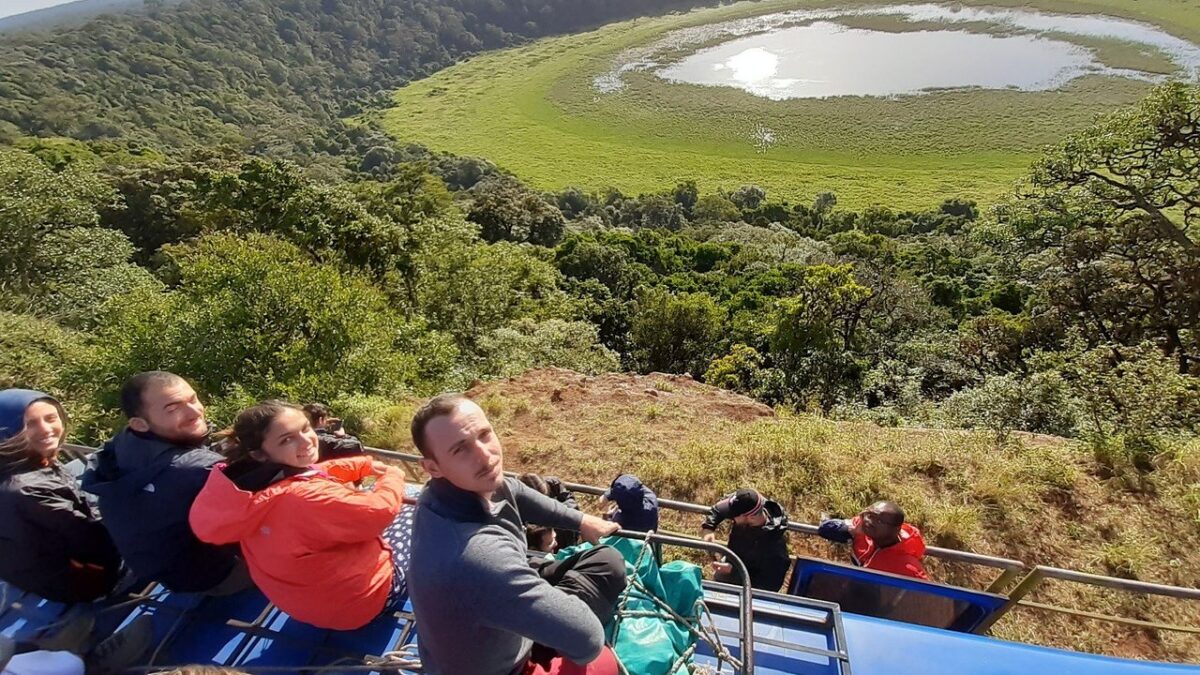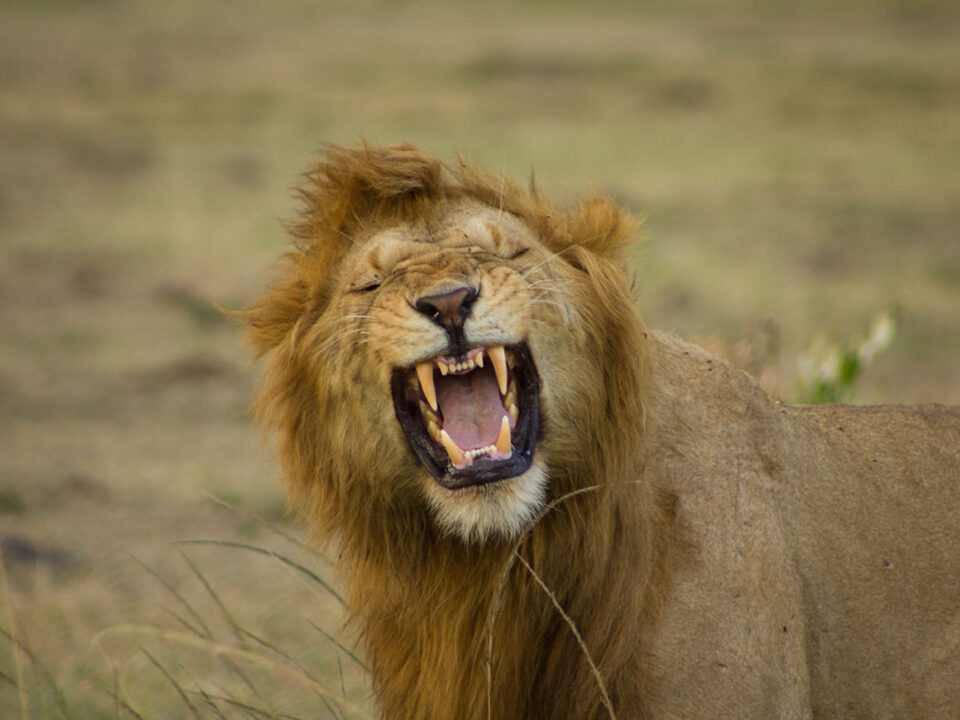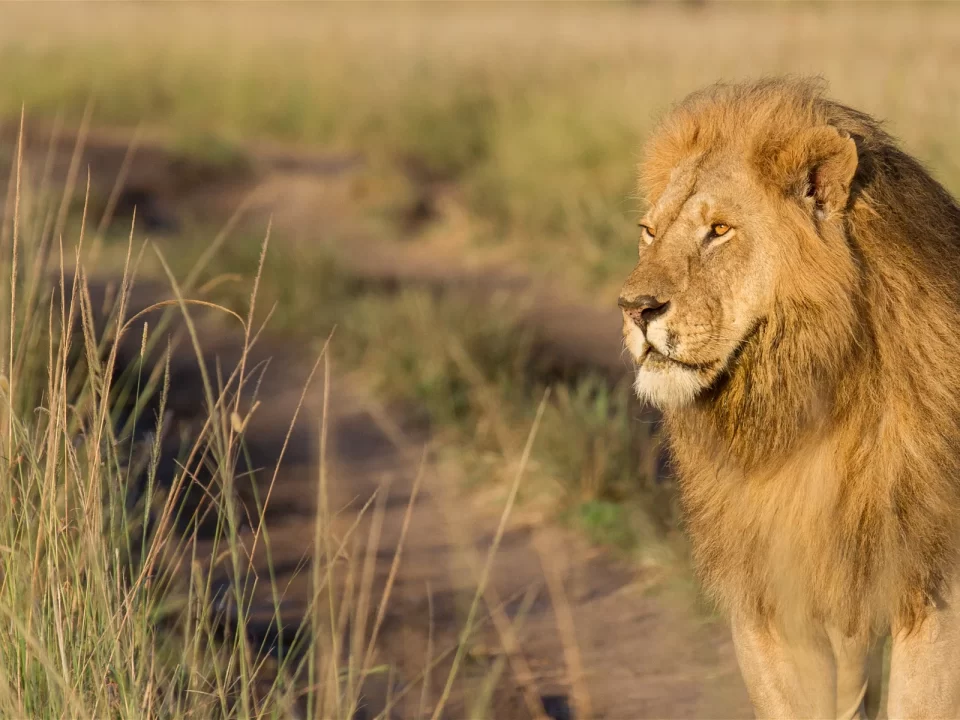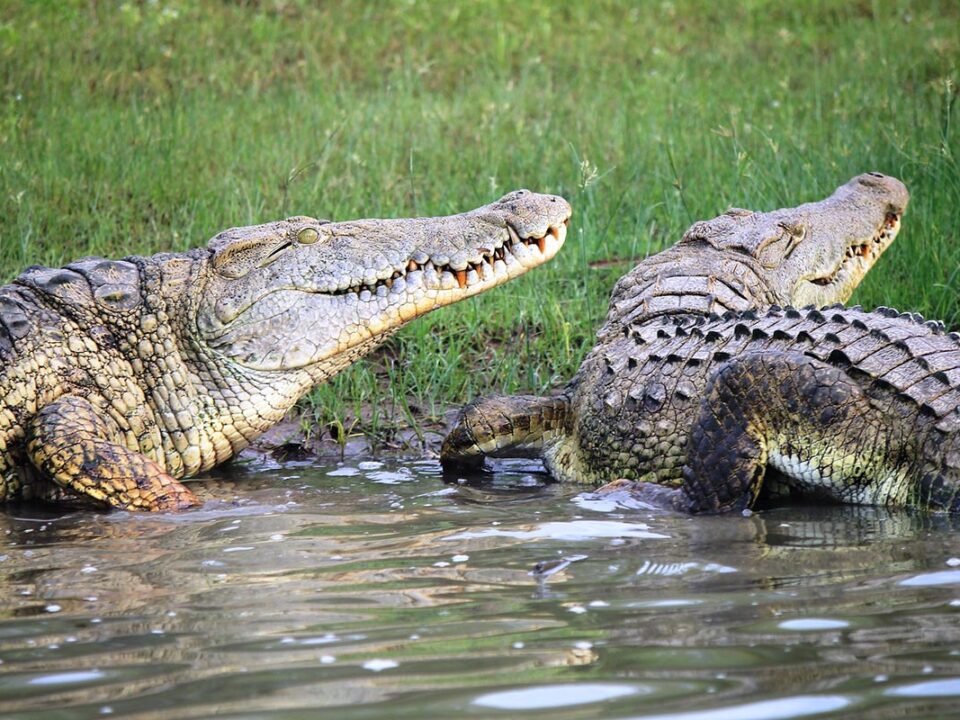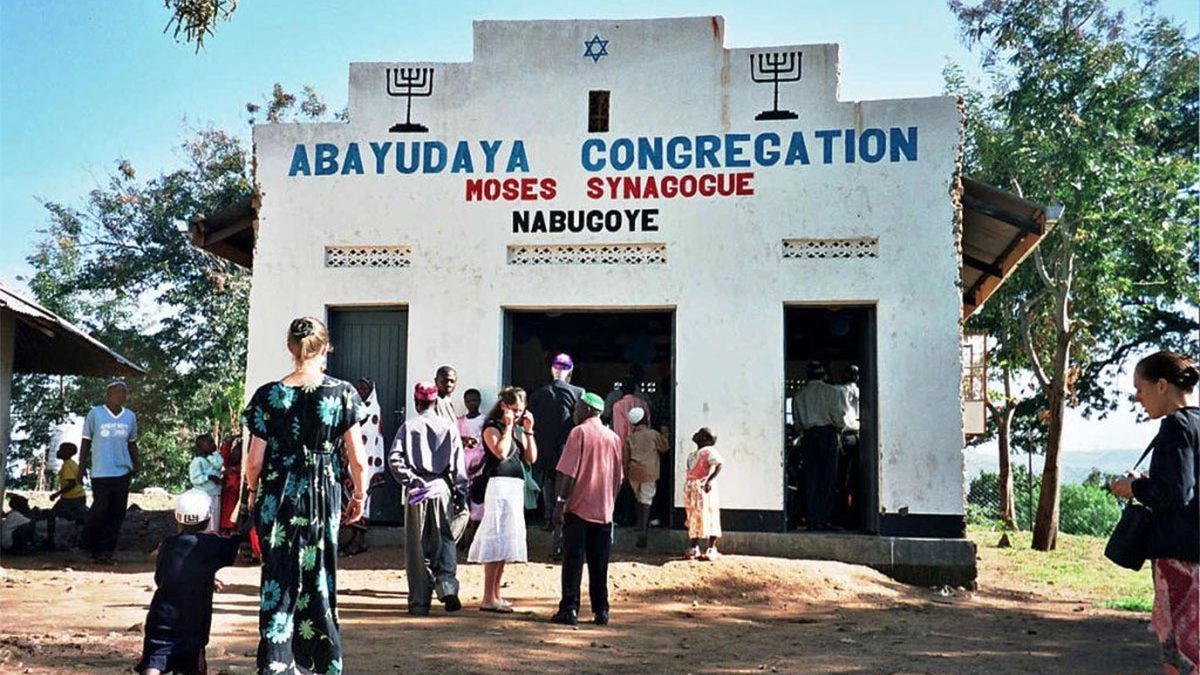
The Jewish Community of Uganda near Mbale
September 11, 2023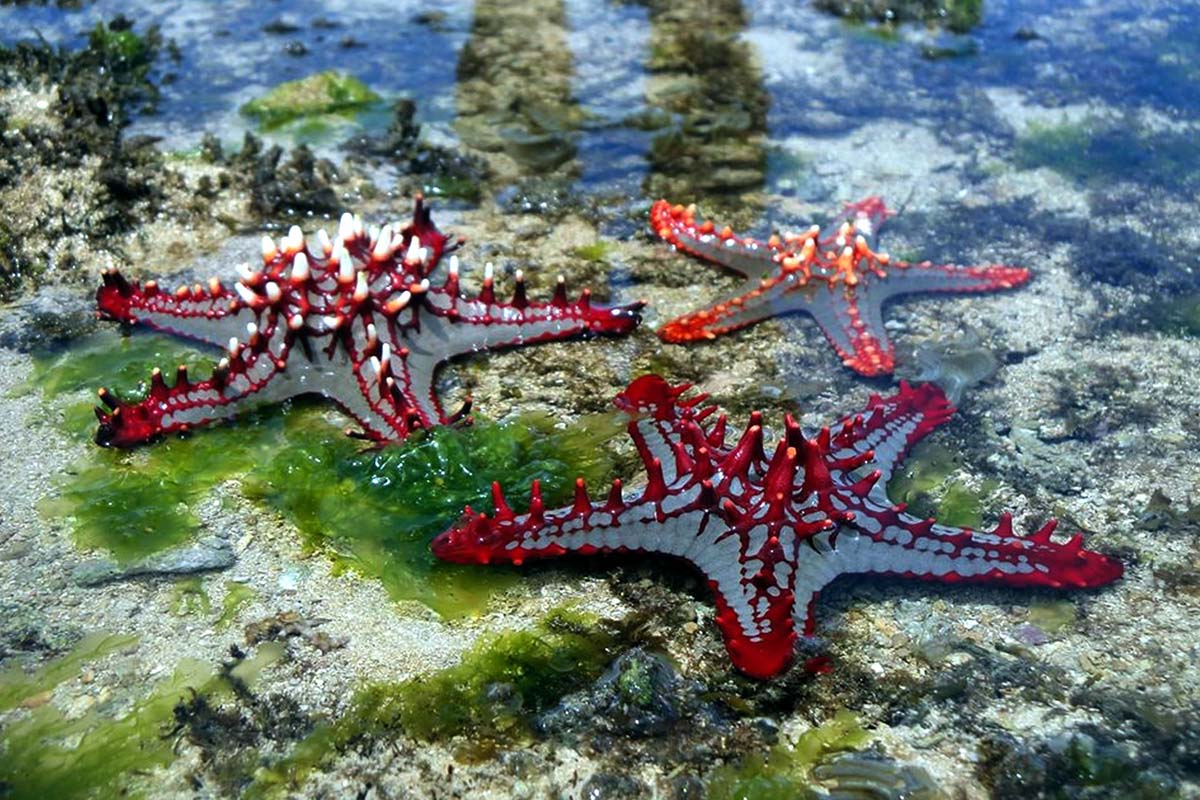
Safaris and Tours to Marine National Park Malindi
September 11, 2023Exploring the Enchanting Marsabit National Park in Kenya: A Haven for Nature Lovers
Nestled in the far north of Kenya, an idyllic paradise awaits nature enthusiasts, and it goes by the name of Marsabit National Park. This remote sanctuary boasts a captivating blend of dense forests, mist-wreathed mountain peaks, and three mesmerizing crater lakes, making it a haven for a diverse array of birdlife, mammals, and reptiles. Here, the majestic tuskers, with their colossal ivory, roam freely, while the skies are alive with the melodies of countless bird species. Visitors to Marsabit National Park are in for a treat, with opportunities for invigorating hikes through the lush forest, camel rides across the breathtaking landscape, bird watching adventures, and visits to the legendary singing wells.
Embarking on a Wildlife Odyssey in Marsabit National Park
Venturing into Marsabit National Park promises a thrilling encounter with an abundance of wildlife. It’s important to note that the game here enjoys a more secluded existence, far removed from the frequent human interactions witnessed in the southern parks of Kenya. As a result, spotting animals may require some patience, but the rewards are unparalleled, and the sense of achievement immeasurable.
Marsabit National Park stands out as one of the prime locations for game viewing in this region. The expansive plains host a remarkable array of wildlife, including several Northern endemic species like Gravy’s Zebra, Reticulated Giraffe, and Oryx. Visitors can also delight in the sight of large herds of majestic elephants. Notably, this reserve was once home to Ahmed, the great Tusker, known for carrying Africa’s largest ever recorded ivory. Ahmed, a cherished national treasure, eventually garnered the unwelcome attention of poachers, prompting authorities to place him under special Presidential protection until his natural passing. Today, his memory is lovingly preserved in the forecourt of the Nairobi National Museum.
Discovering Avian Treasures in Marsabit’s Riverine Forests
For avid birders, the Riverine Forests of Marsabit offer a splendid opportunity to observe a wide variety of avian species. The elusive leopard has been known to grace these forests with its presence, often making captivating appearances at sunset. The slopes surrounding Marsabit are a preferred habitat for the Greater Kudu, an imposing antelope distinguished by its distinctive curved horns.
The best times for game viewing are during the early morning and late afternoon, when the animals emerge from the thick undergrowth to forage and roam. In the searing midday heat, most creatures seek refuge in the cool embrace of the dense vegetation, rendering them nearly invisible.
Marsabit Reserve is easily accessible from the town of Marsabit, and for those with specific interests in wildlife or birding, Trek Africa Expeditions offers specialized guiding services tailored to individual needs.
Trekking and Mountain Climbing Adventures in Marsabit National Park
Marsabit National Park’s captivating terrain beckons adventurers to explore on foot, offering a multitude of captivating hikes that start right from Marsabit town. Within walking distance, travelers can discover intriguing local sites, including impressive volcanic craters. Just beyond Marsabit lies a series of Borana wells, deep reservoirs crucial for watering herds of cattle. The wells’ depth necessitates the coordinated effort of several men who descend into them, using a chain of buckets to transport water to waiting herds. These wells are scattered throughout the area and are vital to the Borana community’s survival. Engaging the services of a local guide is highly recommended to navigate this enriching experience.
For those seeking an adrenaline rush, the stark massif of Ol Olokwe, located south of Marsabit, presents an enticing challenge. With its dramatic rock formations, Ol Olokwe offers excellent climbing routes. Climbing enthusiasts will require ropes, equipment, and the guidance of a knowledgeable local expert to conquer this impressive rock formation successfully.

